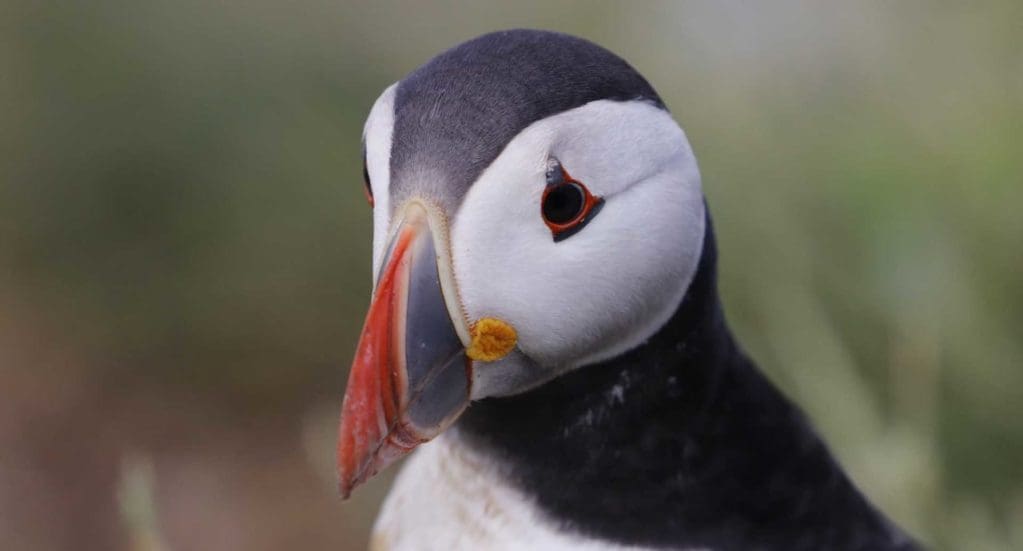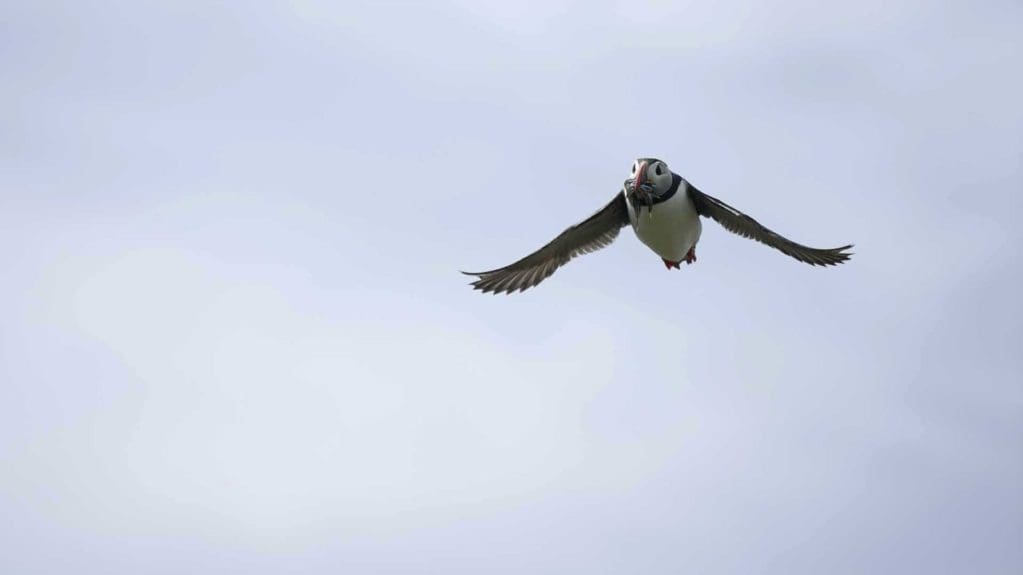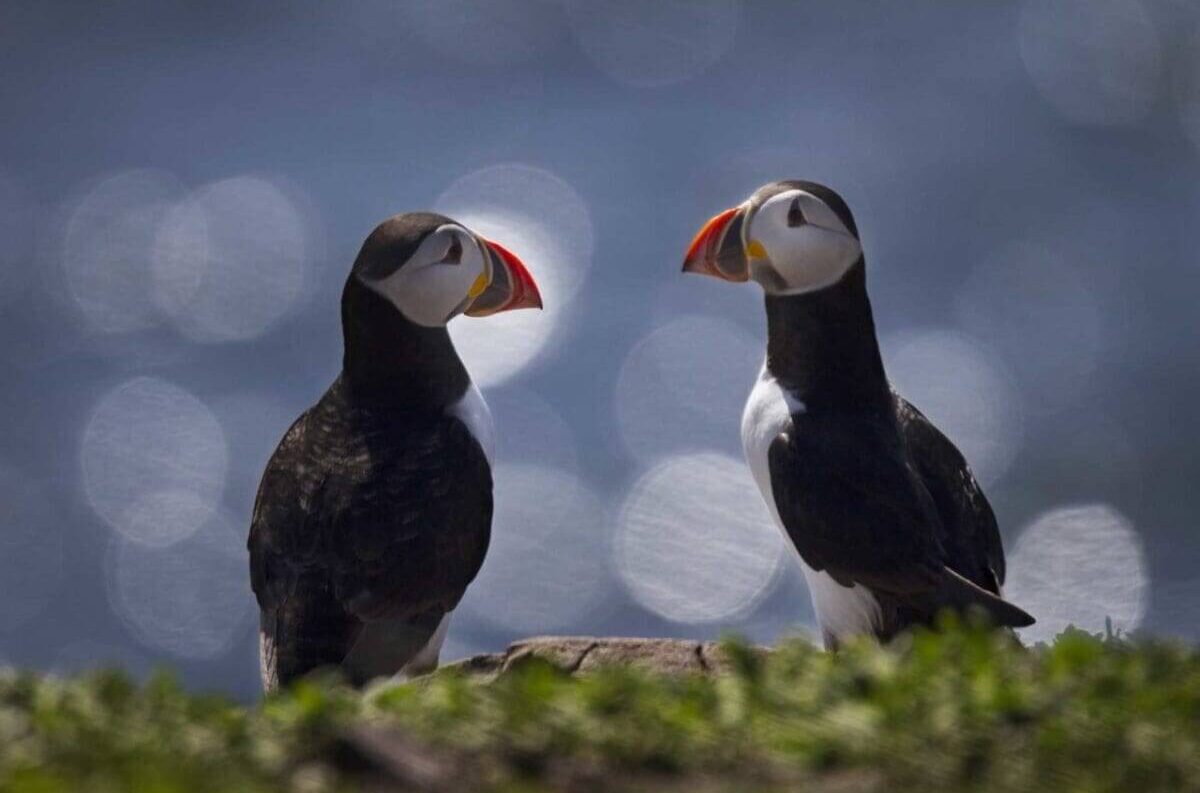The best settings for bird photography depend on whether you’re attempting capture a portrait in a quiet moment or an active bird in flight. There are, of course, all manner of ways to photograph birds and to capture these you need to tailor your approach from moment to moment. We’ve shown you the best cameras for wildlife photography, but how do you harness your creative tool to its full potential?
In this guide, we’ve broken down the different types of bird photos one might want to take and provided the best settings for bird photography in each occasion. We’ll show you which exposure settings to use, as well as tips on framing, focusing and much more.
Best camera settings for basic bird photos
The strongest animal portraits are when you frame the subject at its eye level, and the same principle holds true for bird portraits. Using a mid- to long telephoto lens (something around 300mm to 500mm), will give you a suitable distance from your subject and let you fill the frame with it.
Get down low on the ground to its level and frame the shot. Not only does this provide good eye contact and maximum impact, but it also reduces the amount of background in your image. What’s more, that long lens you’re using will help diffuse what background there is thanks to its limited depth of field.
You’ll want to shoot in your camera’s Aperture Priority mode and use an aperture of about f/4 or f/5.6. This will provide a nice level of background blur but enough depth of field to ensure that the bird’s face is in focus.
Depending on the light levels, don’t hesitate to increase your ISO up to 1600 or 3200. Some of the best cameras for bird photography produce clean images even at ISO 6400 and higher. But as a general rule, keep your ISO as low as you can while retaining a fast enough shutter speed for the scene.
A good rule of thumb to ensure your shutter speed is fast enough to prevent camera shake is to multiply your camera’s crop factor by the lens’s effective focal length. Canon, for instance, has a crop factor of 1.6x. So if you were using a 300mm lens, 1.6×300 is 480mm. This means you’d need a shutter speed of at least 1/500sec.

Best camera settings for bird portraits
- Shutter speed: 1/200sec
- Aperture: f/8
- Focal length: 400-500mm
- ISO: 400
- Exposure mode: Aperture Priority
- Drive mode: Continuous
- Focus mode: Manual
Sharp focus is critical for strong bird portraits, so the best way to ensure your avian subject’s eyes are sharp is set your camera to manual focus and pre-focus on a spot where you anticipate the bird will land. If you’re an owl and falconry centre, this will be easy to anticipate because there will be perches that they use. At home, you set this up yourself by placing a food table with a perch in a convenient place for you to photograph from afar.
A mid aperture of around f/8 will provide enough depth of field to ensure the bird’s whole head is sharp, while also providing enough blur in the background to keep it from being a distraction.
When thinking about your background, try to frame your bird against a simple backdrop that will contract nicely and help it stand out in the frame. As a general rule, your background shouldn’t compete with the bird for the viewer’s attention. The role of the background in a bird portrait is to complement the bird’s plumage.
Using your Continuous Shooting drive mode will ensure you get enough frames to work with should your subject make only a quick pit stop.
For more tips on how to shoot bird portraits, check out our guides on how to photograph birds close-up and how to photograph garden birds.

Best camera settings for birds in flight
- Shutter speed: 1/2000sec
- Aperture: f/4
- Focal length: 300-500mm
- ISO: 400
- Exposure mode: Shutter Priority
- Drive mode: Continuous
- Focus mode: Subject tracking / Animal AF / Animal Eye AF
The best camera settings for birds in flight will depend on the time of day and how bright the sky is, but generally you’ll want as fast a shutter speed as possible. To this end, using your camera’s Shutter Priority mode will let you set the shutter speed you need and then automatically make adjustments to your other exposure settings to help you achieve it. Sometimes you might want to use a slower shutter speed if you are panning to capture movement or if you’re exposing for a sunset to create a silhouette.
Most cameras now have a subject tracking AF mode, which is ideal for capturing birds in flight. What’s more, some manufacturers have animal-specific AF modes and Animal Eye AF modes. These subject detection AF modes have become some of the best settings for bird photography and make the difficult job of capturing fast-moving animals a whole lot easier.
When composing your image, the direction of flight is an important consideration. You’ll want more space within the frame in the direction the bird is flying into. But if you want dramatic eye contact, you’ll want to position yourself so that the bird is flying towards you. The closer you can let it get, the larger and more impactful it will appear in your frame. Continuous shooting mode, again, helps you capture a range of options here.

Best camera settings for birds on water
- Shutter speed: 1/500sec
- Aperture: f/5.6 to f/11
- Focal length: 400-500mm
- ISO: 400
- Exposure mode: Aperture Priority
- Drive mode: Continuous
- Focus mode: Manual or subject tracking
The best camera settings for birds on water really depends on if you’re trying to freeze motion or capture a more sedate portrait. To freeze action, you’ll need a faster shutter speed – probably 1/1000sec or faster. You’ll probably need to use a wider aperture to get more light into the lens so you can shoot at these speeds. Alternatively you can increase your ISO.
Metering is also one of the best settings for bird photography and can be particularly tricky when exposing for birds on the water. Using your camera’s spot metering option helps you get more accurate exposures that keep the bird nice and bright and your background dark.
You also need to be careful with your composition here. Like birds in flight, you want to give birds on water space within the frame to move into.





Leave a Reply
You must be logged in to post a comment.